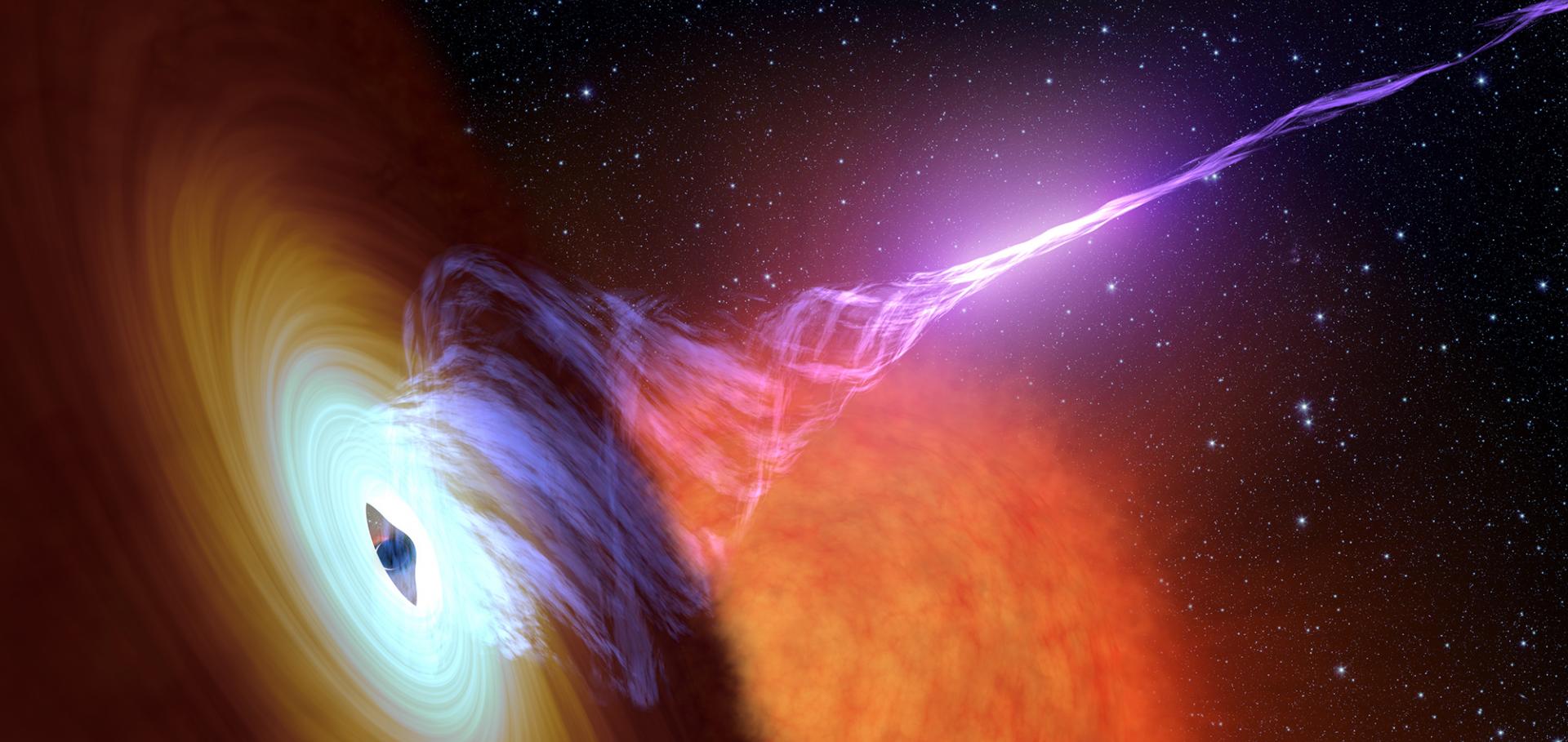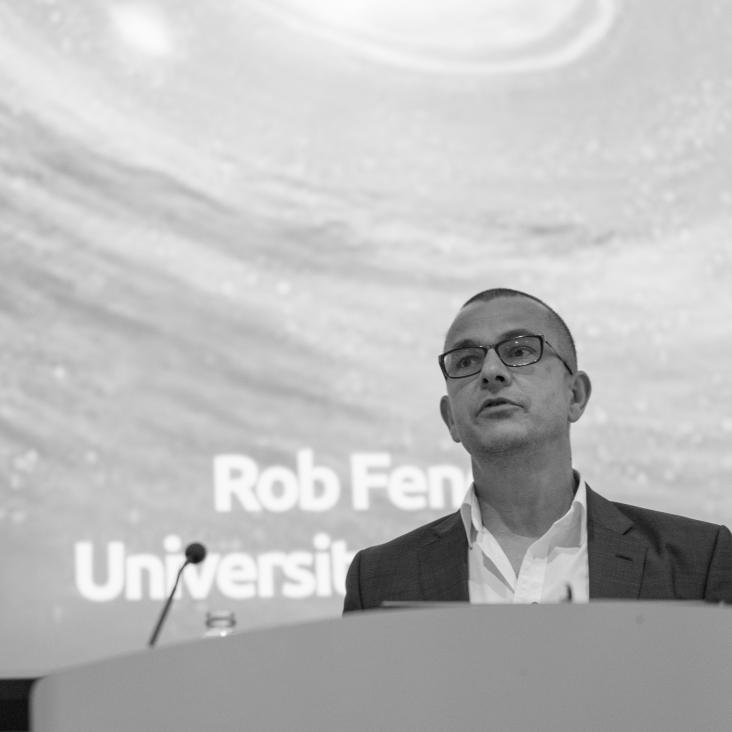Finding radio transients with anomaly detection and active learning based on volunteer classifications
(2024)
Fast X-ray/IR observations of the black hole transient Swift J1753.5–0127: From an IR lead to a very long jet lag
Astronomy & Astrophysics EDP Sciences 690 (2024) a239
The expansion of the GRB 221009A afterglow
Astronomy & Astrophysics EDP Sciences 690 (2024) a74
The Radio Counterpart to the Fast X-ray Transient EP240414a
(2024)
Rocking the BOAT: the ups and downs of the long-term radio light curve for GRB 221009A
Monthly Notices of the Royal Astronomical Society Oxford University Press (OUP) 533:4 (2024) 4435-4449


